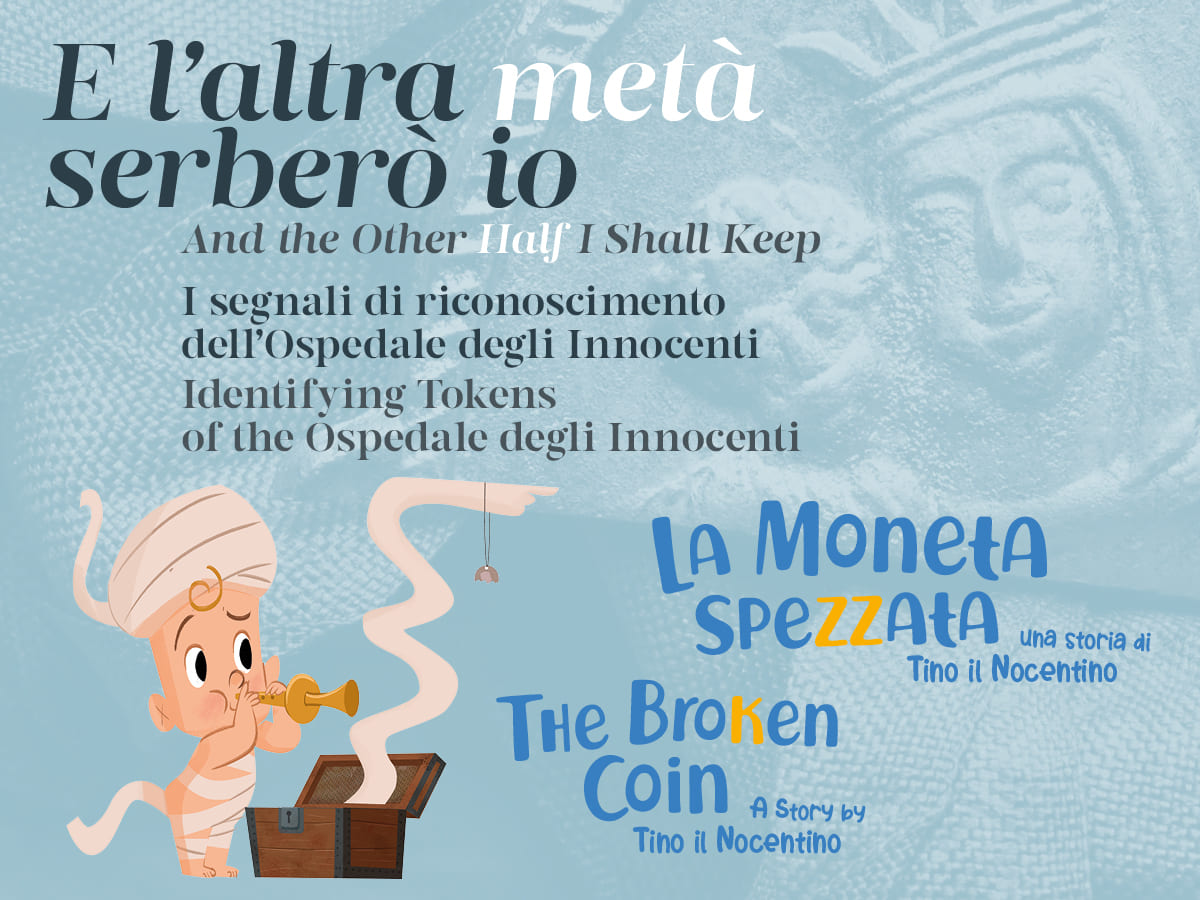- Home
- The Museum
- Your visit
- Column 2
- Opening hoursMon. to Fri.: 10 a.m. to 7 p.m. / Sat. and Sun.: 11 a.m. to 8 p.m.Where we arePiazza della SS. Annunziata, 13, 50121
- The Bottega dei ragazzi
- Caffè del Verone
- Conference Spaces
- Contacts

The marks of recognition of the Ospedale degli Innocenti
A section of the museum is dedicated to abandoned children’s lives at the Spedale, and it features babies’ small objects left as a mean of identification, called signs.
The institute accepted its first baby – a girl, as was the overwhelming trend during its history – in 1445, while the building was still under construction, and continues to foster children in residential programs today. One of the most heart-wrenching exhibits is a small room lined with miniature drawers, each labelled with a name and containing a “mark”, or small object parents would leave with their infant which could be used as both a clue to the baby’s origin and as a way for parents to identify their child should they ever be able to reclaim them. The museum archive holds thousands of marks, which range from buttons and scraps of fabric to small religious medallions or written messages, and several hundred are displayed in these simple drawers.
The presence of the marks is documented since the first records of the fifteenth century, when the custom of abandoning children with auspicious “marks” acquired a fundamental administrative purpose for the Innocenti. In the centuries of anonymous abandonment, in fact, these elements represented for the Nocentini (the little guests of the structure) the only tangible proof of their origins and a sort of “identity document” necessary for future recognition by their parents. For this reason they were often broken or double objects, easily found with the halves kept in the meantime by the families.
It is significant that, in the magical-religious beliefs of the countryside, many of these objects were considered beneficial, like amulets, and capable of safeguarding the wearer from dangers and evil influences. A symbolic meaning also confirmed by the later presence of marks when, after the anonymous abandonments with the opening of the Childrens Delivery Office to the Innocents in 1875, the new identification procedures no longer make use of these elements. However, their use continued until the twentieth century, demonstrating the affective, symbolic and identity values.








